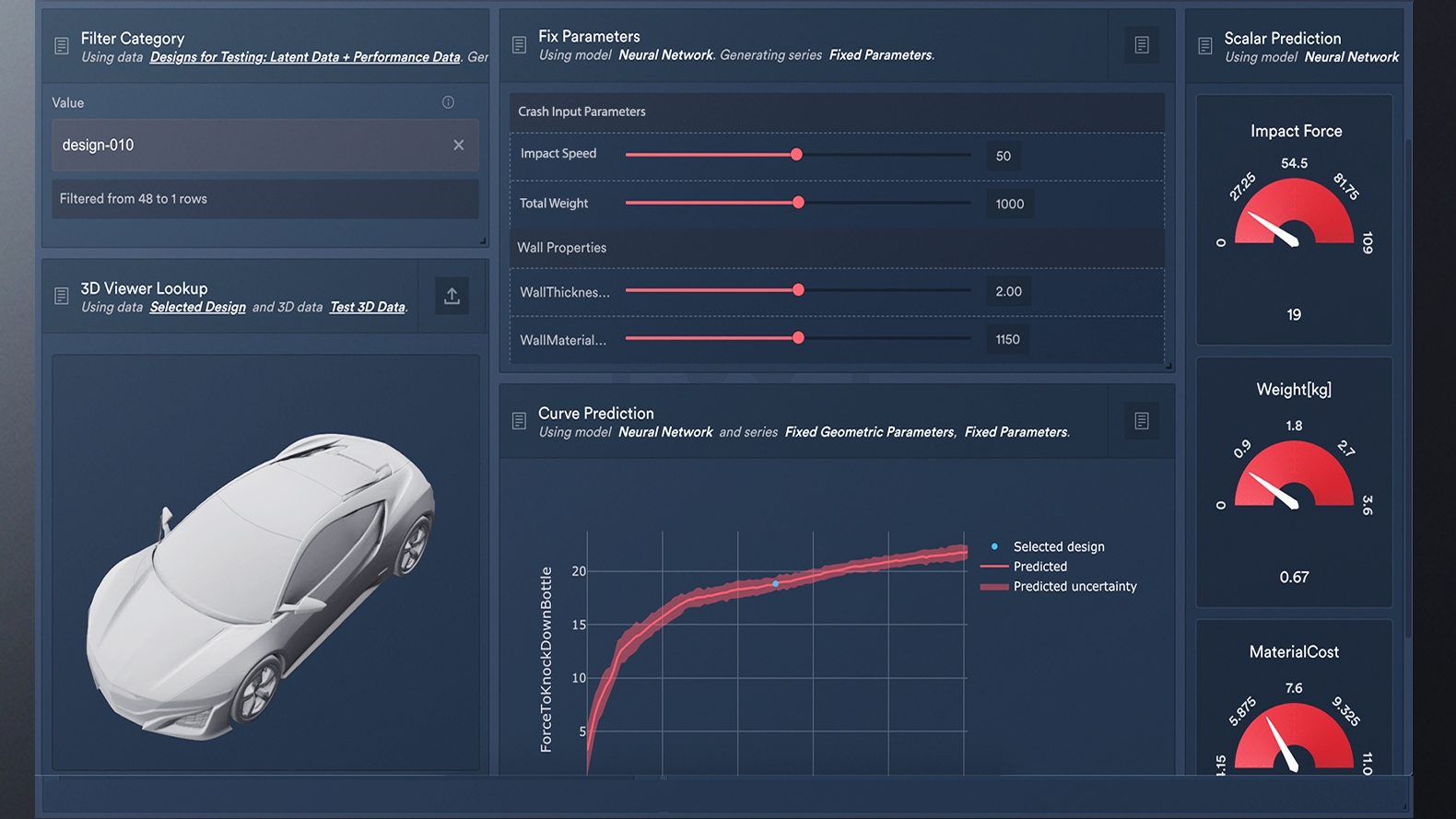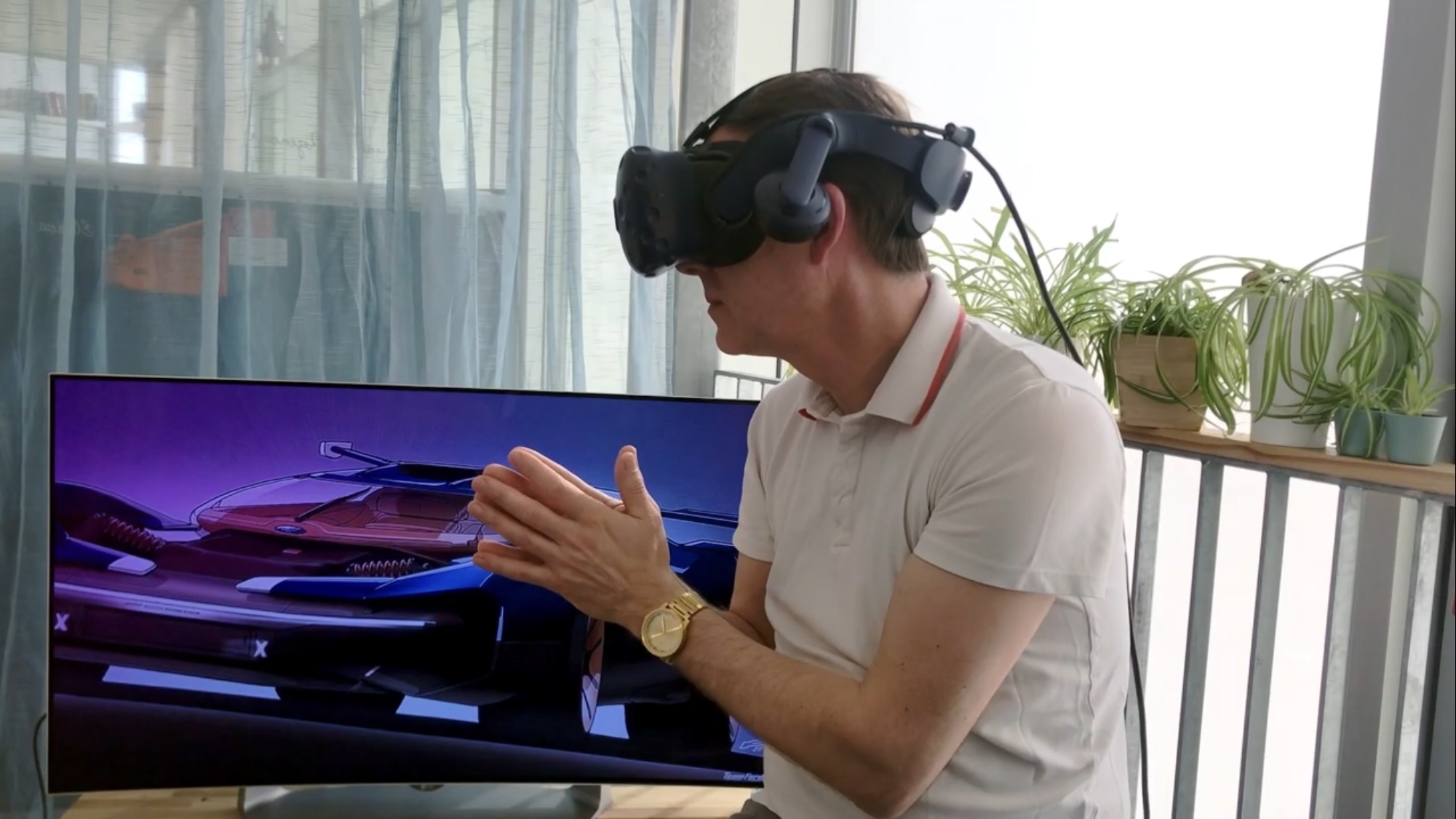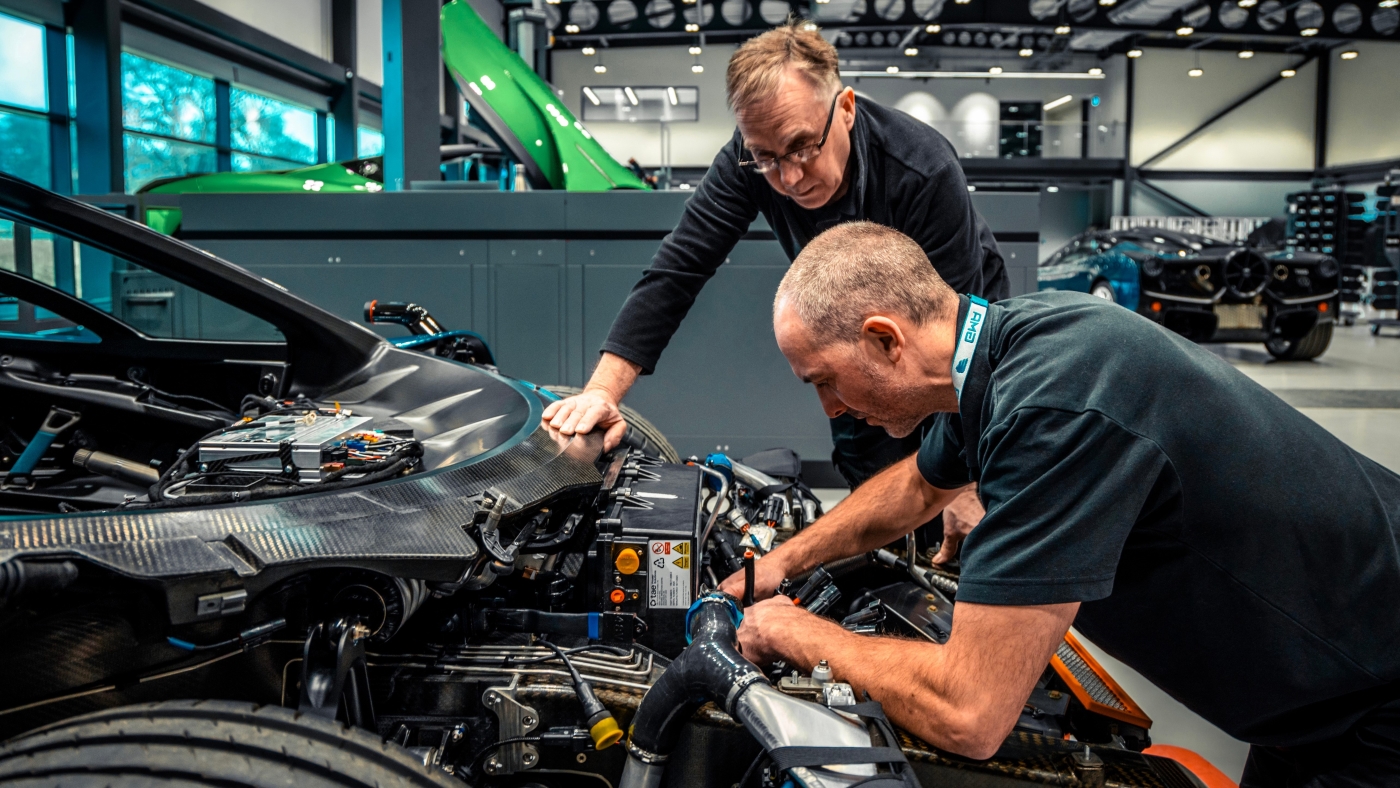SEO has entered a new era in 2026. AI tools are more powerful, users expect instant results and Google continues tightening its criteria for…
Virtual twins create better cars

Virtual twins are a design concept often seen in persuasive presentations in the automotive industry boardrooms. As legacy OEMs struggle to match the product R&D cadence of Chinese rivals, the question turns to how advanced software can help.
When discussing or debating the best strategy for using software to enhance vehicle design, and shorten delivery timetables, the ‘twin’ concepts are mentioned. The ‘digital’ twin is not an entirely new feature of automotive design.
Since the first CAD systems were integrated into global automotive design studios, digital twins have existed. Whether it’s a simple 2D side profile, or a 3D model with depth, a digital twin is anything with pixels making-up proportions accurate to the reality of the car program you’re working on.

Thinking beyond legacy CAD
The concepts of digital and virtual twins are often mistakenly interchanged, but they are different. A virtual twin is a digital presentation of your automotive project, with much deeper functionality and analysis data points, than a digital twin.
A helpful way of understanding the difference is that a digital twin is great to look at because it is shareable, but a virtual twin is something you can work with for rapid iteration because it allows simulation inputs.
Digital twins are useful for sharing car design project ideas with a broader team. It could be marketing or senior management, who want an impression of the project’s evolution, without deep data and technical details. Think of the digital twin as an expertly crafted clay model and the virtual twin as that first running mechanical prototype.

Allowing virtual first
Virtual twins are a lot more complex to create, render, update and apply version control to due to their data depth. That’s why companies mastering the integration of powerful design software are rapidly reducing their R&D timelines with virtual twins.
Even with the benefit of additive manufacturing, it can take months to create, prototype and test parts. With a virtual twin, an engineering team can simulate different parts and specifications in a fraction of the time.

Speeding-up R&D
Without the burden of legacy prototype testing practices, Chinese car companies have proven the power of using a software-first R&D process.
Instead of wasting engineering time and fabrication resources to create many prototypes, R&D teams can simulate outcomes with a virtual twin to test simple things as their project matures.
Virtual twins create better real-world test mules. When physical car prototypes are finally created, they are much more advanced, avoiding the rudimentary testing and development stage, which was unavoidable in traditional design and project management.

Virtual twins – better test mules
The advantage of virtual twins is obvious but doing them skilfully isn’t easy. At least, it isn’t easy for teams unfamiliar with advanced modelling software. Or those uncomfortable with allowing the virtual realm to displace much of their traditional physical testing and prototyping.
No successful car project goes from a conceptual meeting through prototyping to job one – without camouflaged prototypes logging real-world tests.
Real-world test mules aren’t going to disappear. In future, the automotive industry is just going to need many fewer of them, as virtual twins fulfil much of the function that huge prototype test fleets once did.


